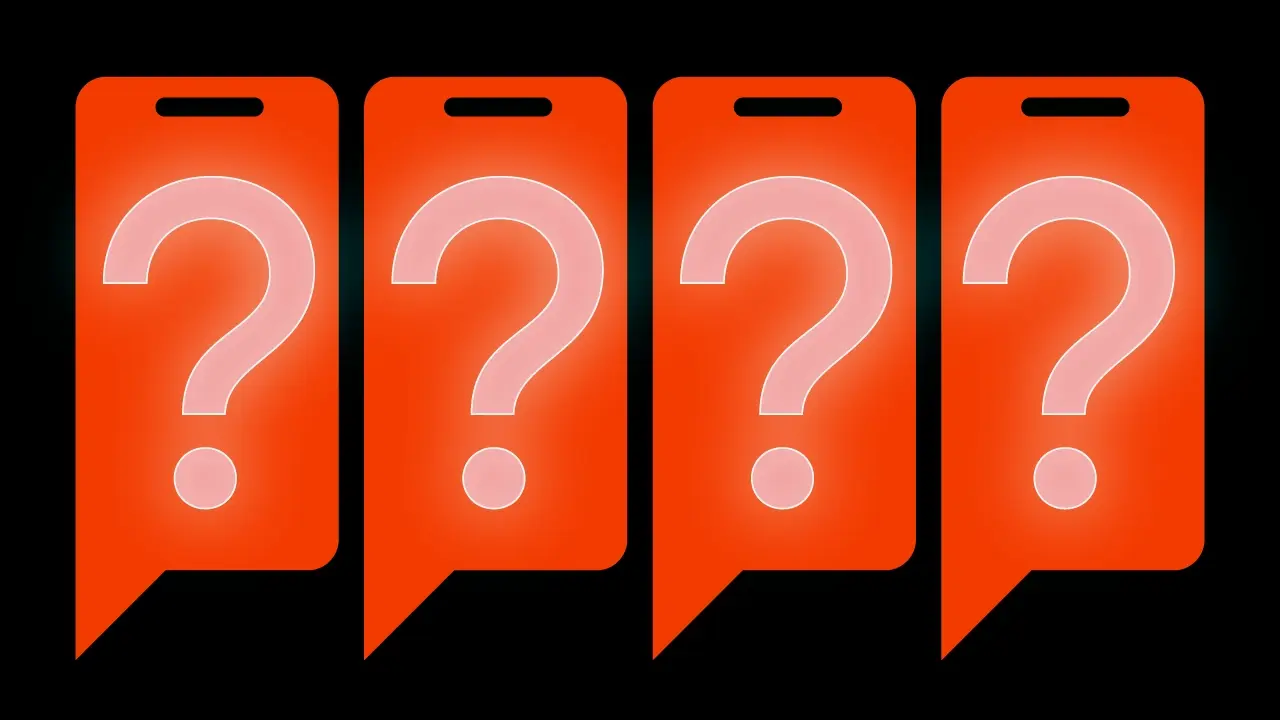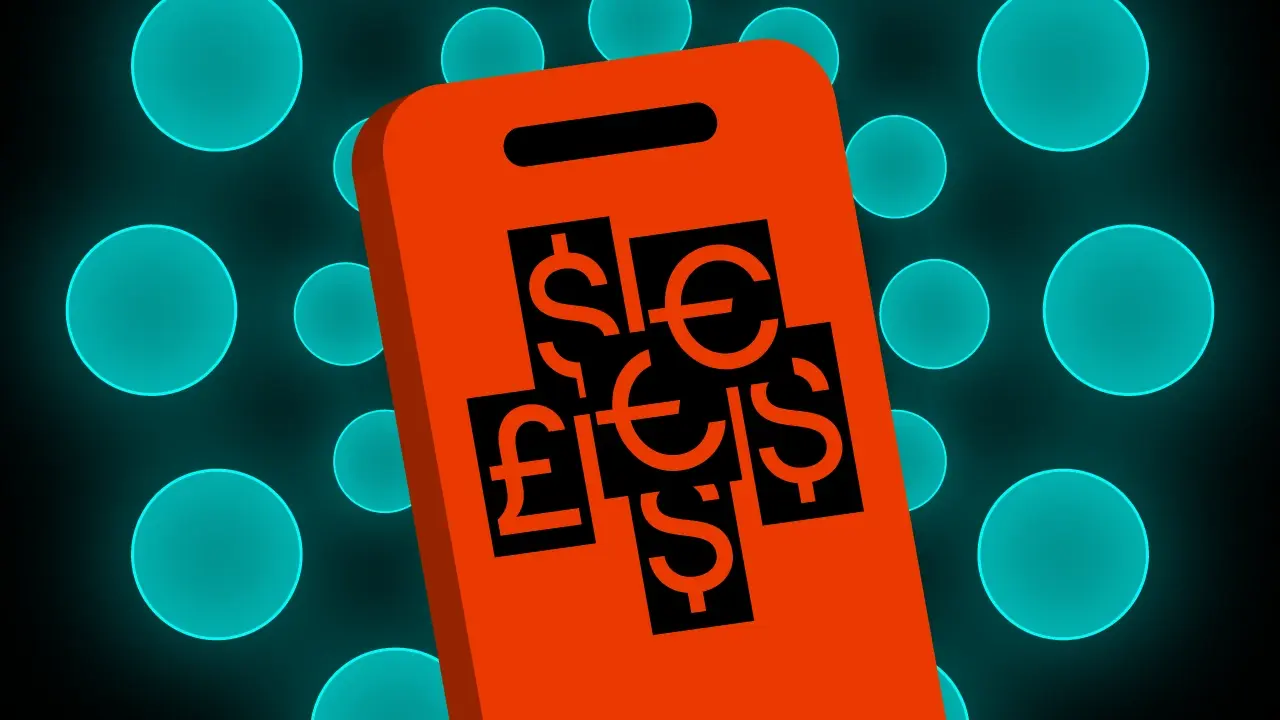The perfect mobile app brief - 20 key questions you MUST know the answers to!


In June 2023, Google Play released 90,000 mobile applications, and the App Store introduced 36,000 new digital products during the same period. Every one of these apps before the app store premiere started or should have started with a solid mobile app brief! Creating a custom IT solution from scratch poses immense challenges for all parties involved. That’s why a good app brief with a comprehensive mobile app requirement is a must-have, a prerequisite to initiating any project.
What is a mobile app brief?
An app brief is a document that outlines the purpose, goals, and specifications of a new mobile application. It serves as a guide for developers and stakeholders, ensuring everyone involved understands the project’s objectives and requirements. If you prepare this project brief well, you will take the first step to successfully building your application.
How to write a mobile app brief?
When writing a brief for a new mobile app, starting with a clear problem statement outlining the specific issue the app aims to solve is essential. Next, define the target audience, outline the key features and functionalities, and provide examples of similar apps for reference. Finally, include a timeline, development budget, and criteria for measuring the app’s success once launched. Keep the brief concise and to the point, focusing on essential details to ensure clarity and understanding by all stakeholders involved in the mobile app development process.
Prepare yourself to write the best app brief
However, we’re aware that writing a mobile app brief is easier said than done. That’s why we have prepared the questions we pose in our company even before the first line of code. Those should help you make the process of preparing the mobile app brief easier.
1. What is the main idea and objective of the IT project?
There needs to be more than a great idea. What should the mobile app development brief primarily encompass? The mission and vision of the application. From the project’s inception, its executor should know why you invest in your mobile or desktop application. What changes or simplifications will the logical product tailored to your needs bring to your company? Increased revenue? Automation of a repetitive process? Or perhaps the integration of various IT environments into a unified ecosystem?
2. What market analysis have you conducted to identify your target audience?
Before diving into development, understanding your target market is crucial. Have you gathered demographic data, conducted user surveys, or analysed competitor offerings to identify your ideal user group? Using this data lets you gain valuable insights that inform your app’s design and functionality.
3. Is there a defined mobile app launch deadline?
A concise project description is not enough, but it’s good starting point. The outlined idea needs to be well-planned for the development team and project managers to determine if they can meet the plan. It’s also worth noting if the final deadline can be subject to change.
4. What insights have you gained from the discovery phase?
The discovery phase lays the groundwork for your project. You can clarify requirements and align stakeholder expectations by brainstorming ideas, defining the project scope, and creating initial prototypes or wireframes. Prototyping helps visualise your app’s interface and functionality, allowing for valuable feedback before full-scale development begins.
5. What are the key requirements and app functionality you’d like to implement within this mobile app or platform?
The next step involves preparing a list of application functionalities and technical requirements, preferably using the MoSCoW framework, divided into:
- Must-have: essential elements, the most important application goals to win a product market fit,
- Should-have: additional options that should be included to meet advanced user expectations,
- Can-have: tasks that are worth considering and would be good to implement, but are not a priority and could be expanded long after the MVP (minimum viable product) launch.
6. How do you ensure functional requirements align with business goals?
How can you ensure alignment with overarching business objectives when outlining your app’s features and functionalities? Every feature should serve a purpose and contribute to achieving your desired outcomes. How can you prioritise features that directly support your strategic goals, maximising the impact of your mobile app project?
7. Do you have any technological preferences or platforms on which the project will operate?
The list of functions must be grounded in a specific environment. A well-written mobile app requirement brief specifies the software currently used in your organisation and whether it should be integrated into the newly designed mobile apps or platform.
8. Are there any app design scripts, prototypes, or specifications related to the mobile app?
Any internal notes, graphic files, and mockups that you’ve developed during the ideation stage are useful for working on the project. Such materials, whether they’re client-provided documents or even snapshots of whiteboard sketches, hold significant value for us.
9. Is the project intended to be scalable in the future? Are there plans to add new functionalities after deployment?
How many users will be able to use this mobile application? What further development plans do you have? Every one of these answers makes sense.
10. What challenges or problems do you aim to address through this project?
At every stage of software development, the process involves solving future user problems and thoroughly understanding their needs, all while aligning with your expectations. Thus, the mobile app requirement brief must outline the main objectives, challenges, and issues related to your idea.
11. Are there any necessary integrations with existing systems?
Adding information about integrations to the project’s specifics can be valuable. Perhaps not all desired features need to be coded from scratch. Perhaps existing solutions, applications, or SaaS products on the market can fulfill your project’s goals, and the software house will only be responsible for their integration.
12. What collaboration model do you prefer? Are you interested in an ongoing partnership, or is it a specific time-limited project?
Fixed price, time & material, steady monthly fee, or perhaps a hybrid of these solutions? Indicate which billing model would be most advantageous for you. If needed, we can also suggest the best solution.
Very often, software production evolves into ongoing collaboration, product development, and SLAs (Service Level Agreements). This was the case with Payka and Pop Pankki, long-term partners with whom we have worked for years.
13. Do you have your own in-house developers, and UX/UI designers, or should the software house provide a complete 360° team?
For large-scale IT projects, combining internal software development team competencies with our experts is common. A valuable project brief should include information about which internal resources you intend to redirect to work on the project. Perhaps you have a graphic designer or UX designer familiar with your brand, and they should be directly involved in delivering projects and mockups.
14. Is there a budget requirement for this project?
Knowing the specific budget is crucial for app developers. This enables calculation in a time & material model, determining how many hours can be invested in the project, and whether all the brief’s assumptions can be met.
15. Are you open to suggestions or changes in the project that could bring additional value?
If you’ve already completed IT assignments and projects, you probably know what to focus on and what decisions to make. However, for those working on their first application or software for companies, it’s sometimes unclear what to ask and which decisions to take. This is where an IT expert from a company like Speednet can help. We immediately recognise clients who are creating their first brief template and MVP, as well as those who have participated in software development processes many times.
16. How will you ensure a user-centric design and optimise user experience?
User experience is paramount. How do you plan to prioritise user research, usability testing, and feedback mechanisms to ensure your app delivers a seamless and engaging experience for your target audience?
17. What are the key success criteria for this mobile app development project?
Beyond concept and budget, you also need key performance indicators that your application should fulfill. Both technological and business-related KPIs are necessary. For most of our clients, ROI from investing in a new system is genuinely important. The contractor needs to understand the financial assumptions to determine if they can take on the brief template.
18. What post-launch support and maintenance plans do you have in place?
Launching your mobile app is just the beginning of its lifecycle. How can you provide ongoing support and maintenance to ensure long-term success? What measures do you have in place for regular updates, bug fixes, and feature enhancements to keep your app relevant and competitive in the long term? How can you monitor user feedback and analytics to identify areas for improvement and prioritise future development efforts?
19. Do you have experience with outsourcing IT projects or working with a tech partner?
Mutual understanding in project implementation is immensely important for delivering everything on time and in a positive atmosphere. Experience in collaborating with a software house can be very helpful, but we can succeed even without it. 🙂
20. Are there any additional pieces of information worth sharing concerning this mobile app project?
Contact person’s details, links to benchmarks, or other apps with interfaces or primary features you admire. Every piece of information that might be useful should be included in the mobile app brief.
Is it worth preparing a mobile app development brief?
Definitely YES! The mobile app development project is a complex process with substantial costs. If you’re aiming for your project’s success, it’s time to do your homework and process these questions within your company. By doing so, you’ll gather crucial information that will expedite the start and facilitate the months-long programming work of both the business/investor and the development partner.
All of this is to ensure that right after the application’s launch, your users, and your target audience will experience something truly unique, attractive, and functional. And that you won’t disappoint your company’s clients’ expectations with your final product!
P.S. If you’re seeking a technology partner to create dedicated software for you, reach out to us and… send us your brief!




